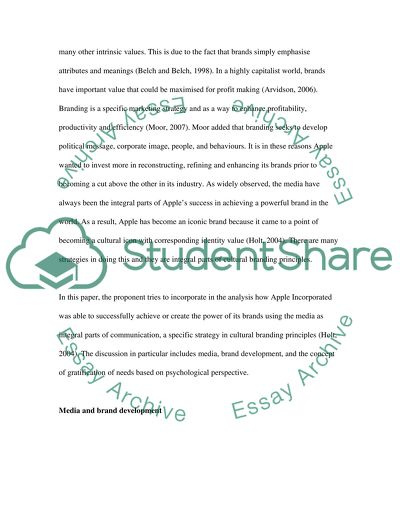Cite this document
(“Apple Incorporated and the Power of Its Brands Essay”, n.d.)
Retrieved from https://studentshare.org/marketing/1438513-from-the-conceptual-and-theoretical-issues
Retrieved from https://studentshare.org/marketing/1438513-from-the-conceptual-and-theoretical-issues
(Apple Incorporated and the Power of Its Brands Essay)
https://studentshare.org/marketing/1438513-from-the-conceptual-and-theoretical-issues.
https://studentshare.org/marketing/1438513-from-the-conceptual-and-theoretical-issues.
“Apple Incorporated and the Power of Its Brands Essay”, n.d. https://studentshare.org/marketing/1438513-from-the-conceptual-and-theoretical-issues.


